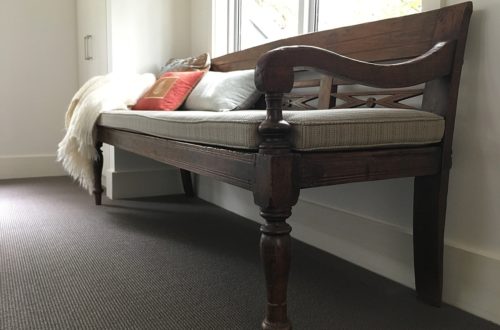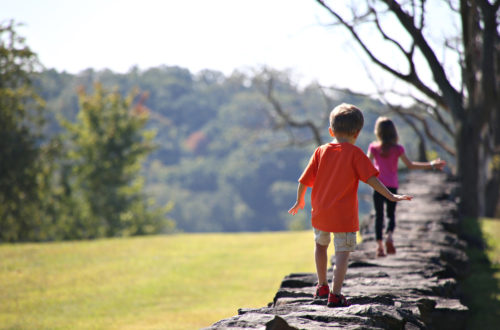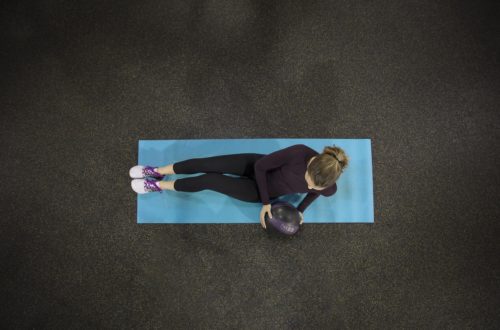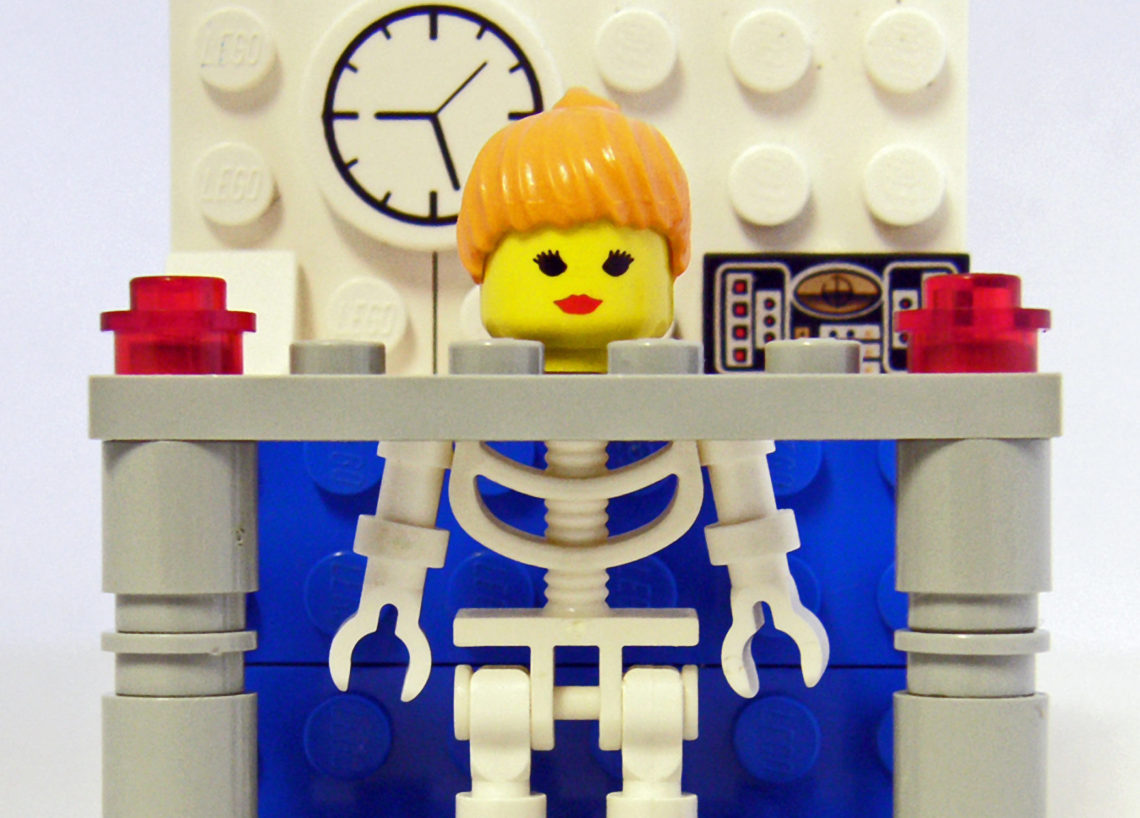
The ‘M’ word and the art of not coughing
Waiting room. The wall-mounted TV is turned up loud, so it’s hard to focus on why I am here waiting in line to be served. The woman behind the counter asks me to come forward and I give her the referral letter from my doctor. It’s been seven months since he first gave it to me, “It will be good to have a baseline measurement”. I said “Yes”, but it’s also been seven months since I put it at the bottom of my priority list.
Forms
Bone densitometry. Why have I avoided it?
The woman at the front desk asks me to state my date of birth. It’s right there on the referral letter in her hand, but I state it anyway and fill in the form she has given me. I write my full name as required, and then answer ‘no’ to about ten questions.
My answer to the question about my age at the onset of menopause is vague—all I know is it’s recent. I sign the form and then write my full name a second time, as required. Bold print at the bottom of the form warns me that if I move or even cough during the screening I will mess up the results.
Feeling irritated and chastened, I head straight for a lime-green banquette seat with an untidy pile of magazines and newspapers close by. Anything to shut out the TV and thoughts of the unknown that awaits.
A shuffle through the pile reveals an unexpected supply of current publications. I choose something with plenty of photos—the young and beautiful, the rich and famous. As I flick through the pages I discover that Ralph Lauren is a philanthropist and attends fundraising parties with British royalty. I wonder what that world is like, though from the photos it looks tanned and plastic.
Details
I’m just getting into the finer details of Victoria Beckham’s beautiful life when I hear my name called. I obediently follow the radiologist along a corridor. As we walk, she asks me for my date of birth. Really? Again? Perhaps they fear that in my menopausal state I will forget it. Actually, I’m more likely to forget what you told me five minutes ago, but I’ve been like that all my life.
I meekly repeat my details and continue following her to a small rectangular room with a large curved machine poised over a bed. The latter looks hard and uncomfortable.
The radiologist measures my height (it’s written on the form she has in her hand) and then she directs me to stand on the scales (I left that space blank). I’m pleasantly surprised. But why does that make me feel more confident, more relaxed?
Now it’s time to don a dark blue paper-thin gown. “You can leave your underpants on”, she says, “and your jewellery. Just make sure the opening’s at the back.” Familiar with the gown’s inadequacies and relieved that I’m on the smallish side, I dutifully follow instructions and wait for her to return.
I’m not nervous but I’m also not sure what to expect from this machine. The radiologist doesn’t enlighten me. Instead, she tells me to lie down on the bed and elevates my legs on a large square box.
Machine
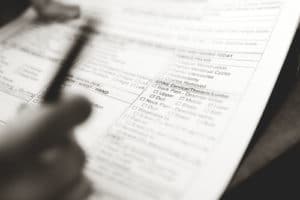
She sits down at the desk nearby and the machine begins to move quite quickly towards my raised knees. Just as I’m beginning to wonder if I’m about to be kneecapped, the machine stops and the radiologist comes over. She presses my abdomen and says that she’ll be doing my spine first.
I peek at the underside of the machine and realise that she is positioning its red ‘eye’ on the correct part of my anatomy. Clearly the blue gown is no barrier! I’m not sure if it’s safe to look at the machine’s eye, so I go back to studying the white ceiling and I focus on not coughing.
The machine scans my spine and stops. The radiologist returns to the bed and removes the box, replacing it with a large metal triangle. Velcro straps now hold my feet against it and my legs in an unnatural position.
I presume that we’re proceeding to the hips. I presume correctly. The radiologist presses briefly first on my left and then on my right hip. Each time, I watch the red light of the eye as it’s positioned. Then I resume my study of the ceiling and practise the art of not coughing as the machine silently surveys the hidden contours of my bones.
Image
With the screening complete, the radiologist leaves the room so that I can escape the flimsy confines of the blue gown. As I dress, I glance curiously, anxiously, across the room at the image on the computer screen. My pelvis—but I cannot interpret what I see. It looks okay, but I can’t be sure and there’s no-one to ask. Fleetingly, I remember my children’s births.
Now clothed, I return to the counter to pay the bill and the woman there tells me the results will be sent to my doctor. I decide I’ll put bone densitometry back at the bottom of my priority list. And I flee from the relentless TV, the repetitive questions, the inevitable indignities and, most of all, the feeling that although I’ve been treated with courtesy, I have not been treated as a person.
Scan
Hours later the realisation comes. I have just spent fifteen minutes with a radiologist and, although she wore a name tag, I do not even know her name.
I feel ashamed. God has scanned the depths of my heart and revealed what lies hidden there and this time I have no difficulty interpreting what I see. I’ve been so wrapped up in my own concerns that I’ve lacked any care for others. Clearly, bone densitometry is not the only thing I relegated to the bottom of my priority list.
My ordinary menopausal life will never grace the pages of a glossy magazine and it’s unlikely that my bones will ever rate a mention in a medical journal. But my Father in heaven cares about the state of my heart. Is it like his?
When my lack of love is exposed, I need to return to the cross of Jesus and remember what he did to save the unlovely. I need to remember the great love of God that pinned him to the cross for my sake, so that I might live with him and learn to love as he does.
This is how God showed his love among us: he sent his one and only Son into the world that we might live through him. This is love: not that we loved God, but that he loved us and sent his Son as an atoning sacrifice for our sins (1 John 4:9-10).
Featured image: Photo by Alan, Flickr.com (Creative Commons licence)


